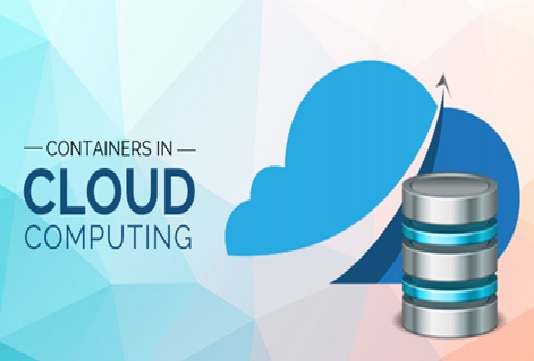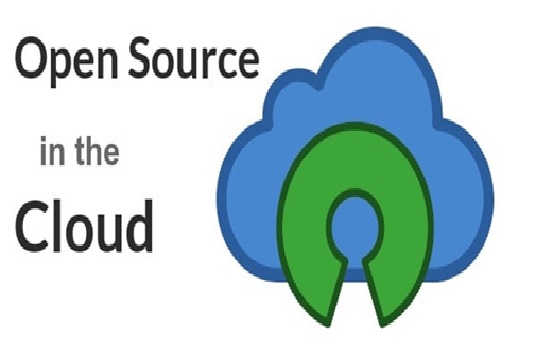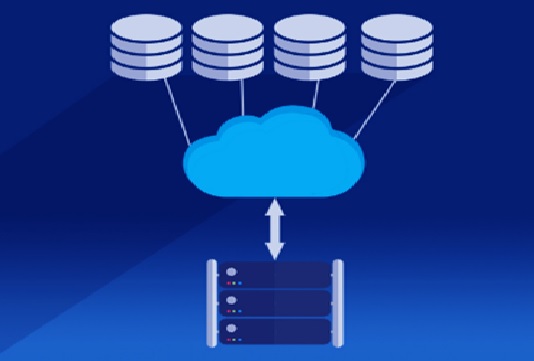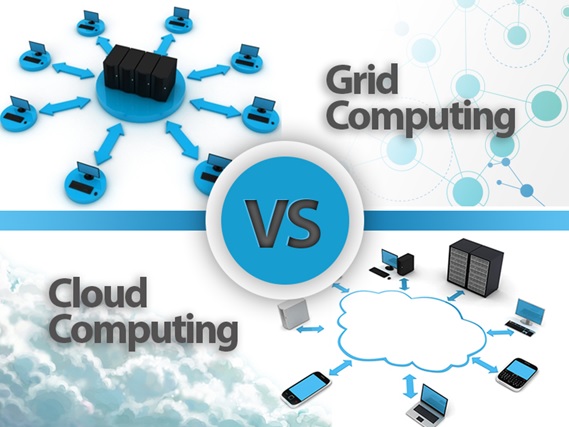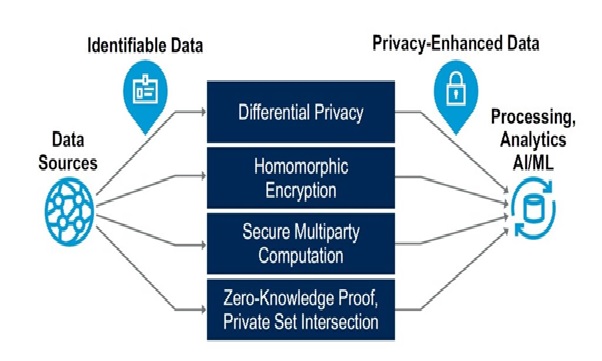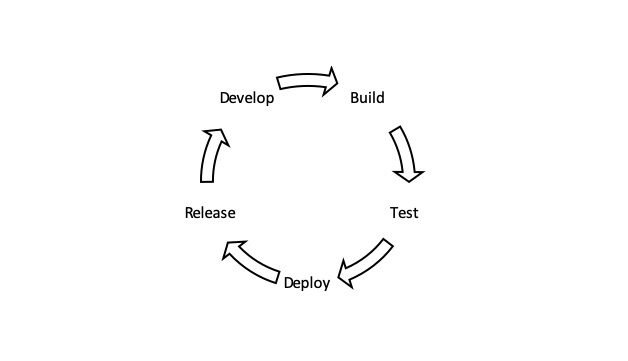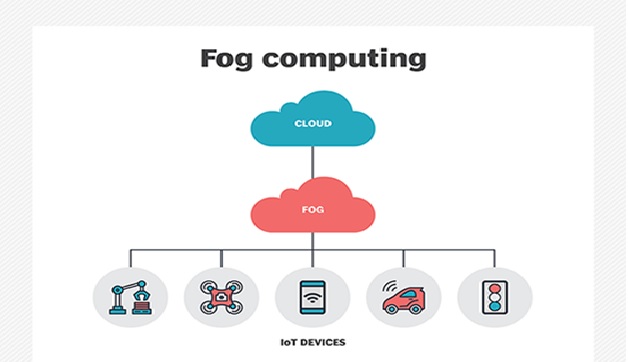The Pros and Cons of Cloud Agnostic
Being Cloud Agnostic means building your architecture to utilize everything open source technologies and portable components have to offer, this architecture is built to be able to switch providers easily, or even allow for the use of multiple cloud providers simultaneously. Unlike Cloud Native solutions, where you will typically be at the mercy of your Cloud solution provider, Cloud Agnostic gives you the freedom to forge your own path into the clouds.[2]

Figure 1. The Pros and Cons of Cloud Agnostic
Figure 1 shows Cloud agnostic has become a popular option for companies that want more flexibility, scalability, and cost controls. Cloud agnostic also create disadvantages, though, so it’s important for organizations to learn about their options before adopting cloud agnostic technology.
Strategies for cloud agnostic architectures can influence several aspects of your business’s performance. Not every organization decides that it wants to use cloud agnostic exclusively. It has become increasingly common, though, for organizations to add cloud agnostic applications to their lists of tools.[3]
The pros of being cloud agnostic
- No vendor lock-in. One of the apparent benefits is the ability to avoid vendor lock-in. This strategy allows companies to ‘diversify their portfolio’ and become more flexible to changes in the IT landscape.
- Easier risk management. Stemming from the previous point, if you are not dependent on a single provider, it is easier to manage the risks or change tactics.
- More customization and flexibility. Combining a cloud-agnostic approach with multi-cloud allows you to adjust the cloud adoption roadmap to your needs.
- Access to open source technologies. Having access to various technologies up your sleeve will help you expand your tech stack and tweak the strategy to fit your needs.
- Easier migration. It will be relatively easy to migrate from one cloud provider to another or add another provider to your list.
- Maximum coverage If your system is based in various clouds or can be easily moved to a new one, it means you are covered, should you or a vendor encounter problems.
- Better consistency. Cloud agnostic approach allows you to achieve cross-cloud consistency while using multiple clouds.
The cons of cloud agnostic approach
- Lowest common denominator. If you want to be cloud agnostic for the sole purpose of being agnostic, you might be missing out on some of the great offerings from the major public cloud providers. Let’s say AWS introduces a great new tool or feature. If you are using multiple clouds, you will have to wait until others have this option.
- Price.In some cases, the initial cost of development may be higher than developing for a specific cloud provider. But on the other hand, it often pays off long-term even if cloud-agnostic was not a part of the initial strategy.
- More complicated deployment and day-2 operations. In the case of the multi-cloud approach, you will be deploying to and monitoring multiple platforms at once. [1]
References:
- https://www.n-ix.com/cloud-agnostic/
- https://metrixdata360.com/cloud-series/cloud-agnostic-vs-cloud-enabled-vs-cloud-native-the-terms-explained%E2%80%AF/
- https://blog.iron.io/pros-and-cons-of-cloud-agnostic/
Cite this article:
Thanusri swetha J (2021), The Pros and Cons of Cloud Agnostic, AnaTechMaz, pp. 35




